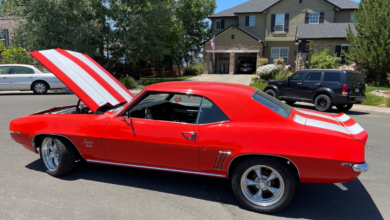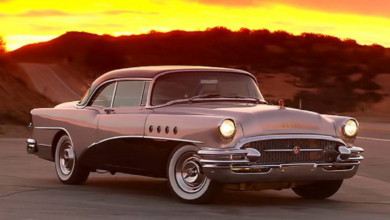Video: Classic Muscle Cars Take On Their New Rivals In Old Vs. New Drag Racing.
It’s that time of year again! Time for classic muscle cars to show their stuff against the newly made and minted models of the modern era.
We’re not going to sugarcoat things: modern muscle cars are vastly more powerful than their ancient counterparts. Take any stock Dodge Challenger from yesteryear and compare it against a Demon and you’ll see a vehicle with half the horsepower and several more seconds on its quarter-mile time. It’s not even a question if a superior driver might be able to get the classic muscle car over the finish line first–there’s just no making up a several hundred horsepower difference.
Luckily, we’re looking at classic muscle cars at Mission Raceway Park in sunny BC, Canada. Here, classic drag race enthusiasts know they’ll be up against the best modern manufacturers can throw at them, so they make sure to meet their competition on equal footing. Underneath the hood of each of these cars are modernized powertrains that allow them to compete–and sometimes even win.
But not in the first couple of races against a Dodge Charger Hellcat and a Challenger Demon. Both of these cars are modern legends and sport 707 hp and 840 hp, respectively. It would take a mighty hot rod to catch up to either of these beasts, which their competition was woefully unprepared for.
So we’ll skip them and head to the first good race between a green Challenger Hellcat and a 1972 Chevy Nova SS Coupe. The Hellcat is presumed stock with a 6.2-L HEMI V8, while the 1972 Nova would normally have a 5.7-L V8 with something approaching 400 hp, but a badge on the front of that car seems to say 7.1-L. If that’s the case, it’s packing one hell of a surprise.
And indeed it is, keeping up with the Hellcat for the entire duration of the race. If it weren’t for the track cameras there would’ve been no way to tell who won in this phenomenally close matchup, but it’s the Hellcat that just manages to beat the Nova by a few hundredths of a second.








I didn’t know that.